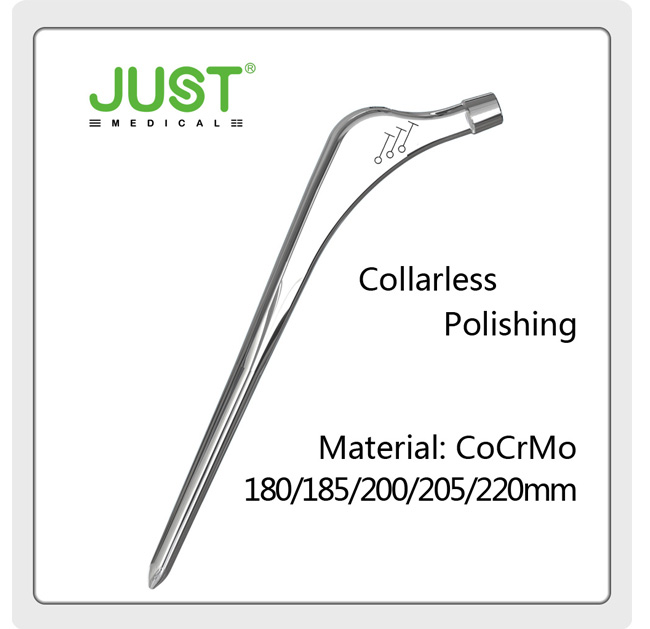How to Rehabilitate after an Artificial Hip Replacement?
 Feb. 19, 2021
Feb. 19, 2021
Hip replacement is indicated for femoral neck fractures that occur between the subtrochanteric head and the base of the femoral head, often in middle-aged and elderly people, with more women than men. It has a serious impact on the patient's daily life. Biological and mechanical methods are often used clinically to replace the human femoral head and acetabulum. In order to improve the therapeutic effect, some postoperative care and rehabilitation exercises should also be performed appropriately to promote early recovery of the patient. The following hip arthroplasty prosthesis supplier will describe the rehabilitation methods after hip replacement surgery and provide exercise training guidelines for better rehabilitation of total hip patients after replacement surgery
First stage of postoperative rehabilitation
Upper limb muscle strength training, ankle pump exercise, quadriceps isometric contraction exercise and hip flexion exercise can be carried out 0-3 days after surgery.
1. Upper limb muscle training
The upper limb muscle strength training is carried out by relying on the aid to strengthen the upper limb muscle strength, so that the patient can use the walker better after surgery.
2.After sufficient rest, ankle pump exercise is feasible after surgery
The combination of plantar flexion, internal rotation, dorsiflexion and external rotation of the ankle joint in a "wrap-around exercise" is one group of exercise. The maximum range of motion of each group should be maintained for 5-10s, 3-5min each time, 3-4 times a day. This exercise can promote the blood circulation of the operated limb.
3.Quadriceps isometric contraction exercise
The patient is in the supine or sitting position, the affected limb is fixed, the knee joint is straight and pressed down on the mattress (or a large towel is placed under the knee, the knee joint is straight and the towel is pressed down), tense the thigh muscles and feel the patella slide up and down as effective. Exercise 3-4 groups per day, each group 10-20min, 3-5 times per minute. The exercise can exercise the thigh muscle strength.
4.Passive/active hip flexion and knee flexion exercises for the operated limb
Patients lying flat, remove the soft pillow under the knee, health care workers or family members to support the patient's knee with one hand, one hand to support the heel, without causing pain to perform the knee flexion, hip flexion exercises. The exercises can also be performed with the aid of a large towel.
The amplitude should be small to large, and the amount of activity should be small to large, but the hip flexion angle should not be large, within 3 weeks, the hip flexion should be <60°, after that, gradually increase the number of hip flexion, but avoid >90°, and gradually transition to active hip flexion and knee flexion exercises.

The second stage of postoperative rehabilitation
4-7 days after surgery, in general, you can passively move the hip joint and train the lower limb abduction and adduction
1.Passive straight leg raising exercise
Use a bandage (about 2m long), put one end on the bottom of the foot and hold the other end with both hands, use the strength of both hands to lift the lower limb off the bed, pay attention to the distance from the bed should not be too large, 10-20cm.
2.Active abduction and adduction training of the affected limb
2~3 times a day, do 3 sets each time, repeat 10 times for each set of exercises.
3.Hip and back tightening activities
Tense back and hip muscles, two arms to help, so that the hip suspension, just leaving the bed, each time for 5 seconds, 3-4 times a day, 10 times each time.
TAICH LONG femoral stem Hip Joint System
1. Double tapered straight stem design
2. Common and special specifications are available;
3. High polished surface forms the whole bone cement shape that will decrease the debris;
4. A full variety of revision instruments.













